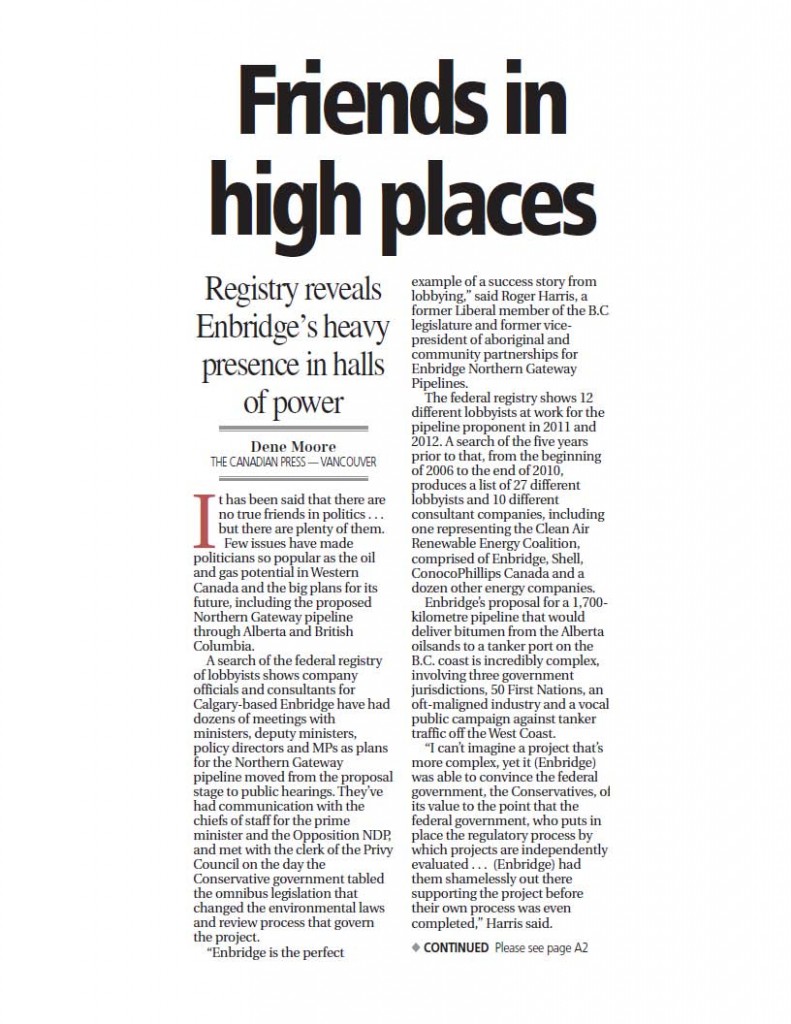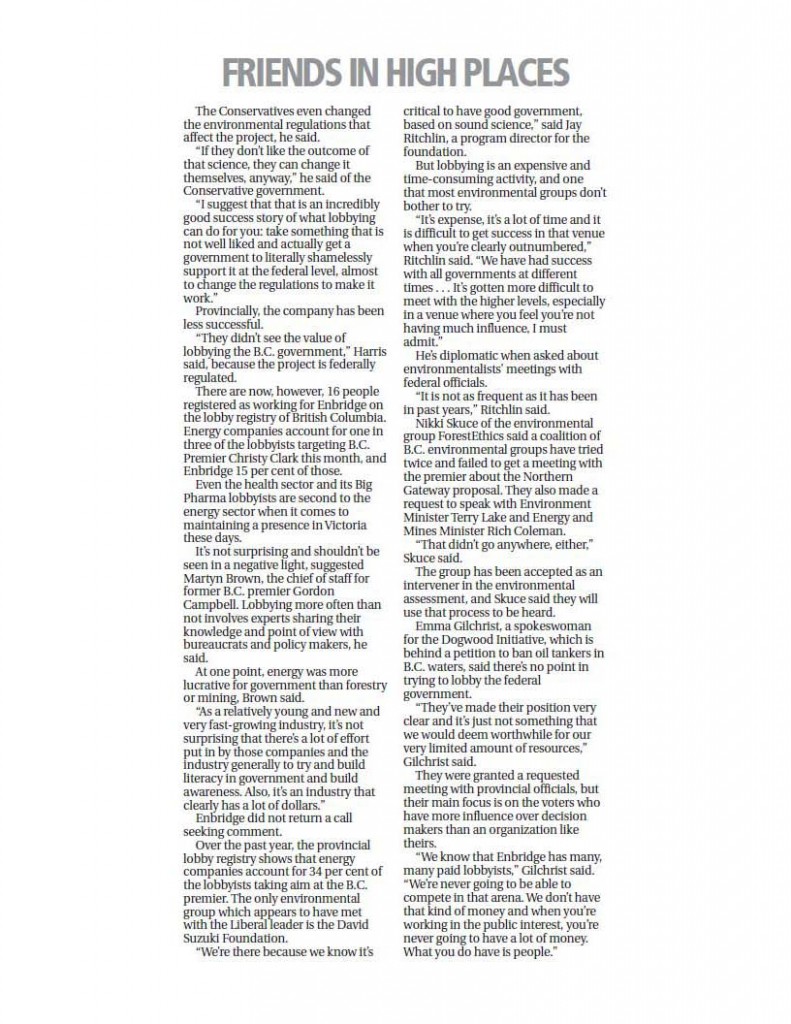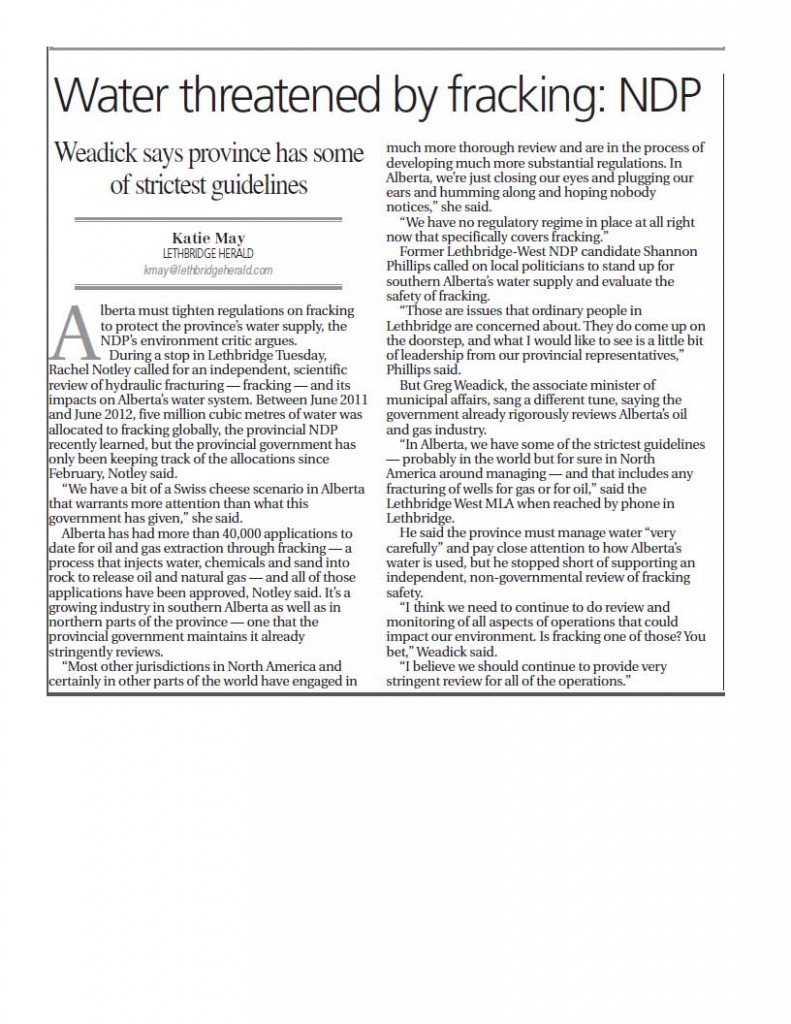By Jamie Komarnicki, Calgary Herald August 28, 2012 5:58 AM
The priority remains eradicating the rat colony, Jollymore said.
But officials hope to eventually narrow down how the rodents took up residence in the dump.
It’s too soon to say for sure what the source is, but theories abound, Jollymore noted.
The landfill is inspected every day and loads are checked regularly for rats.
“Once the colony is dead, we’ll probably go in and destroy the nesting area of the colony and just see exactly what type of waste is there,” said Jollymore.
“It’s obvious that we missed it. We’ve got to look and say, ‘Is there something we could have done differently to prevent this?’ ”
If officials can narrow down the commodity that carried the rats, that could lead to ramped up scrutiny of those types of loads in the future — or even an outright ban, he added.
Cathy Housdorff, press secretary to Agriculture Minister Verlyn Olson, said the province is working closely with Medicine Hat officials to contain the rats.
“Once we’ve dealt with the site, people will look into and determine how it happened,” she said.
“We may never be able to determine that, but we’re going to try for sure.”
Two Norway rat sightings have been confirmed outside Medicine Hat in recent weeks, one in Calgary, and one in Bow Island, she said. Both rats were dead.
In Medicine Hat, Operation Haystack is underway to get rid of the rats using baited — poisoned hay bales strategically placed around the city.
One of the haystacks was set up over the weekend, Jollymore said, with 14 more to be distributed this week.
Many of the rats found within Medicine Hat were squished on the road or discovered out in the open. That’s a good sign, according to Jollymore, as it indicates the pests are on their own and on the move — not establishing another colony.
Reinforcements from the provincial agriculture department and the Rat Patrol, or agricultural fieldmen, were due Monday in Medicine Hat.
Jollymore said a contingent of 10 workers is focusing on the rat problem full time, with at least 60 staff actively involved in the battle.
Alberta’s rat eradication program began in 1952. Apart from a few sightings, the province has remained largely free of the vermin since then.
Jollymore said Medicine Hat officials feel confident they’ll get a handle on this major infestation, though it could take two months to get rid of the landfill nest and two years to wipe out the rodents.
“We’re comfortable we’re going to win,” Jollymore said.
“It just may be a very slow process.”
© Copyright (c) The Calgary Herald


